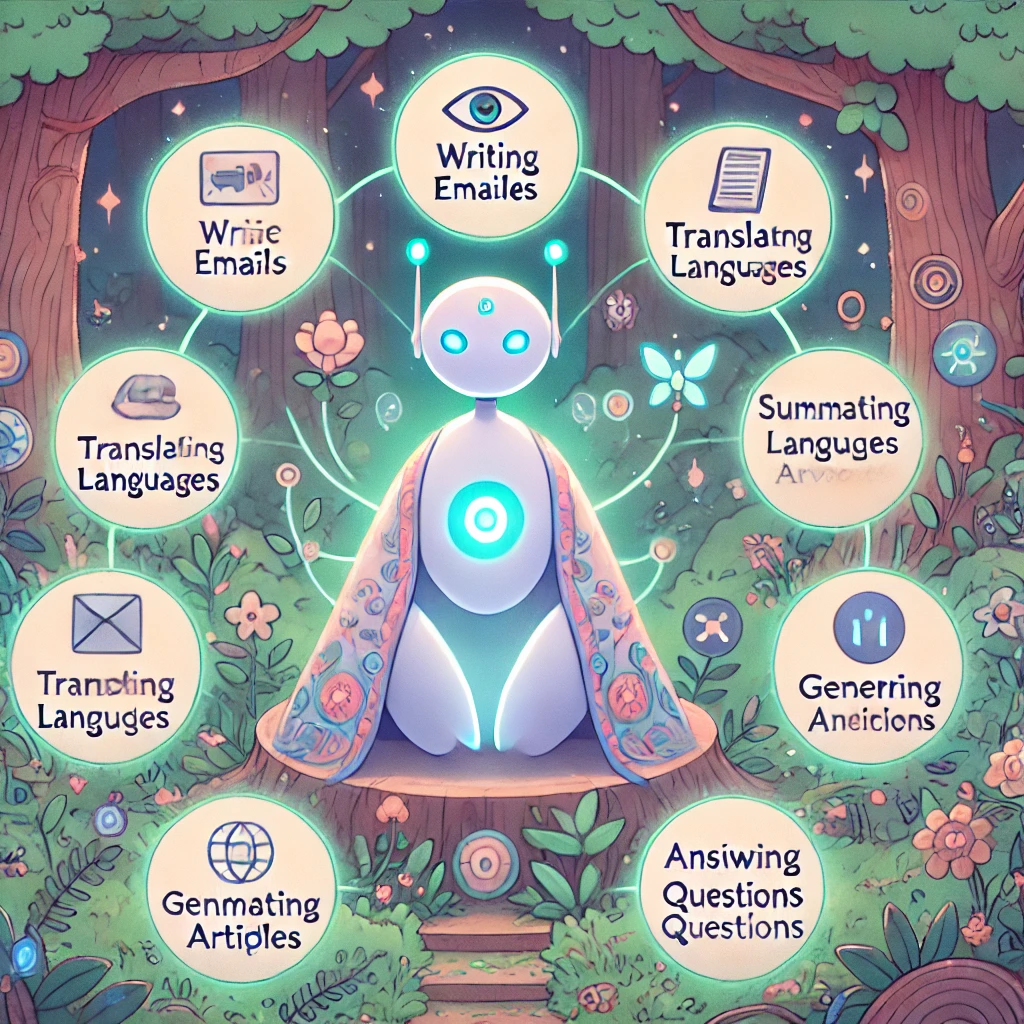Hello!
Today, let’s explore one of the most remarkable characteristics of generative AI: its ability to handle many different tasks using a single model.
This versatility marks a major shift from traditional AI approaches and has enabled applications across business, education, and daily life. It’s one of the key reasons generative AI has gained so much traction in recent years.
🤖 Traditional AI Required a Separate Model for Each Use Case
To appreciate this evolution, it’s helpful to look at how traditional AI worked in contrast.
Traditional AI (also called narrow AI) typically required developing a dedicated model for each specific task. For example:
- 👤 Facial recognition → specialized image-based model
- 💰 Price prediction → numerical forecasting model
- 📩 Spam detection → text classification model
Each of these models needed tailored training data, and building them required considerable time and resources. Operating multiple models also added complexity and cost to AI systems.
🌐 Generative AI: A Versatile Model That Does It All
Generative AI flips this idea. With just one large-scale, general-purpose model, it can perform a wide range of tasks—all through natural language input.
Examples of what models like ChatGPT, Claude, or Gemini can do include:
- 📝 Summarizing long texts
- 📧 Writing emails or reports
- 🌍 Translating between languages
- 💻 Generating or correcting code
- ❓ Answering questions
- 💡 Brainstorming ideas
- 🤖 Simulating conversations or customer service
- ⚖️ Assisting with basic legal or medical research
All of these can be done through simple natural language instructions, without switching tools. That’s the beauty of generative AI—it’s intuitive, flexible, and unified.
💡 Why Can One Model Do So Much?
Generative AI’s versatility comes from its structure and training. Key factors include:
- Built on large language models (LLMs)
→ Trained on vast amounts of text, enabling understanding across topics and contexts. - Uses natural language as a universal interface
→ Makes interaction possible without special formats or technical input. - Output is highly adaptable
→ Whether you need a summary, a creative story, or a structured explanation, the same model can deliver it.
In short, by using language as a shared bridge, a single AI model can take on diverse tasks with ease.
🧩 Advantages and Real-World Use Cases
✅ Key Benefits
- Reduced development cost (one model, many uses)
- No need to switch between tools
- Lower learning curve for users
- Easy to expand and customize for new use cases
✅ Real-Life Examples
- Sales teams: draft quotes, improve product descriptions
- HR departments: write job postings, prepare interview questions
- Education: create draft lesson slides, give feedback on writing
As more AI-based tools and apps emerge, it’s clear that this kind of flexibility is the foundation behind them all.
📝 Final Thoughts
The idea that one model can do so much is more than a technical breakthrough—it’s changing the way we think about work, learning, and productivity.
Rather than seeing generative AI as just a convenient tool, it’s time to view it as a platform with the potential to reshape society. That’s what makes its versatility so meaningful.
Let’s continue exploring what this powerful technology can do—together! 🚀



Comment